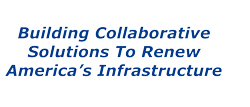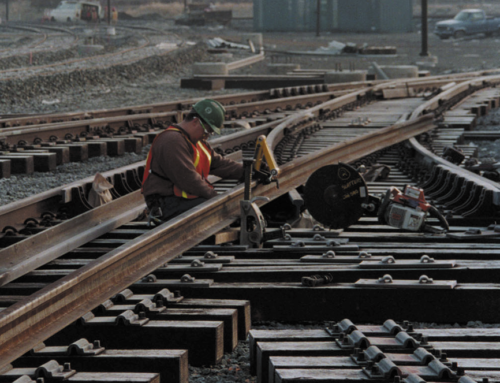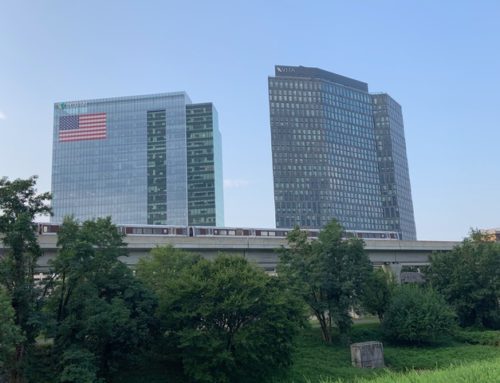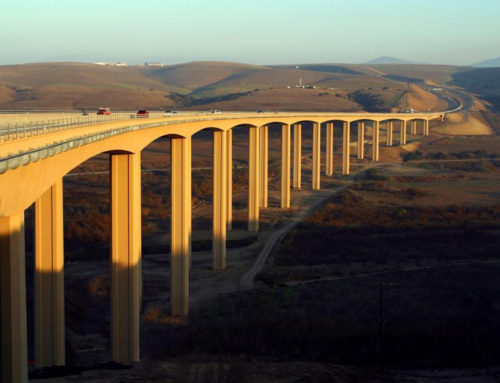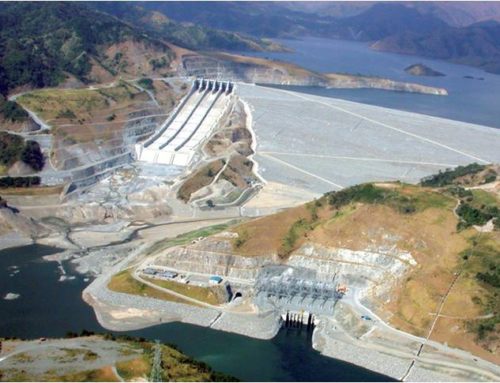Many cities along the eastern seaboa rd, like the City of Hoboken, NJ, will need to make huge investments in infrastructure, as well as changes in land use, to combat the impacts of climate change. The variety of stakeholders, the numerous alternative approaches to the problem, and questions of how much to do and when — not to mention the tremendous cost — make these challenges extremely complex to say the least. The principles of mediation in the form of a consensus-building process, can play a much greater role to help expedite and improve the decision-making required for planning and implementing investments in improving our cities’ infrastructure.
rd, like the City of Hoboken, NJ, will need to make huge investments in infrastructure, as well as changes in land use, to combat the impacts of climate change. The variety of stakeholders, the numerous alternative approaches to the problem, and questions of how much to do and when — not to mention the tremendous cost — make these challenges extremely complex to say the least. The principles of mediation in the form of a consensus-building process, can play a much greater role to help expedite and improve the decision-making required for planning and implementing investments in improving our cities’ infrastructure.
The Hudson River Rebuild by Design Project is a good example of a successful consensus building process. This project was a response to the devastation caused by Superstorm Sandy along the Hudson River in NY and NJ. Proposed by New Jersey state and local groups, the project resulted in a comprehensive urban storm water management strategy to address impacts from coastal storm surge flooding and rain flooding that were experienced during Superstorm Sandy. Through a consensus-building process the participants considered social, economic, engineering and environmental factors using a collaborative process including a thorough and extensive outreach, public involvement and agency coordination.
Typically, the public involvement in infrastructure development is geared toward satisfying the environmental review process and reaching a majority vote (51%+) by the governing body. It may not include a concerted effort to seek and build broad consensus. Project opponents often do not get seriously engaged at the outset and can create greater trouble later on, when that simple majority of the governing entity might want to move forward. In the case of coastal city resiliency solutions, a lack of consensus can delay the needed decisions and the project implementation, at a time when speed and efficiency cannot be sacrificed without paying a huge price.
Consensus can be defined as a general or widespread agreement among all the members of a group of diverse stakeholders. It is not about achieving unanimity. Rather it is more of a nearly unanimous agreement. The process goes beyond reaching consensus but also includes implementing the agreement successfully. It involves investing enough in your decision-making process to get the right people to the table — and to get the right ideas on the table — in ways that invite productive and comprehensive problem solving. It typically calls for the involvement of some form of mediator to shepherd and help structure the process of multi-stakeholder consensus-building.
In consensus-building the mediator is used to assist competing interest groups to reach agreement on issues in controversy affecting a large number of people. Consensus-building typically involves informally structured, face-to-face interactions among representatives of stakeholder groups. One objective is to gain early participation from affected interests with differing viewpoints, including potential opponents. The ultimate goal is to produce sound decisions with broad support, thus greatly reducing the likelihood of subsequent disagreements or legal challenges. Time is of the essence, and what is needed is long term and sustainable solutions. A structured process will help make that happen.

